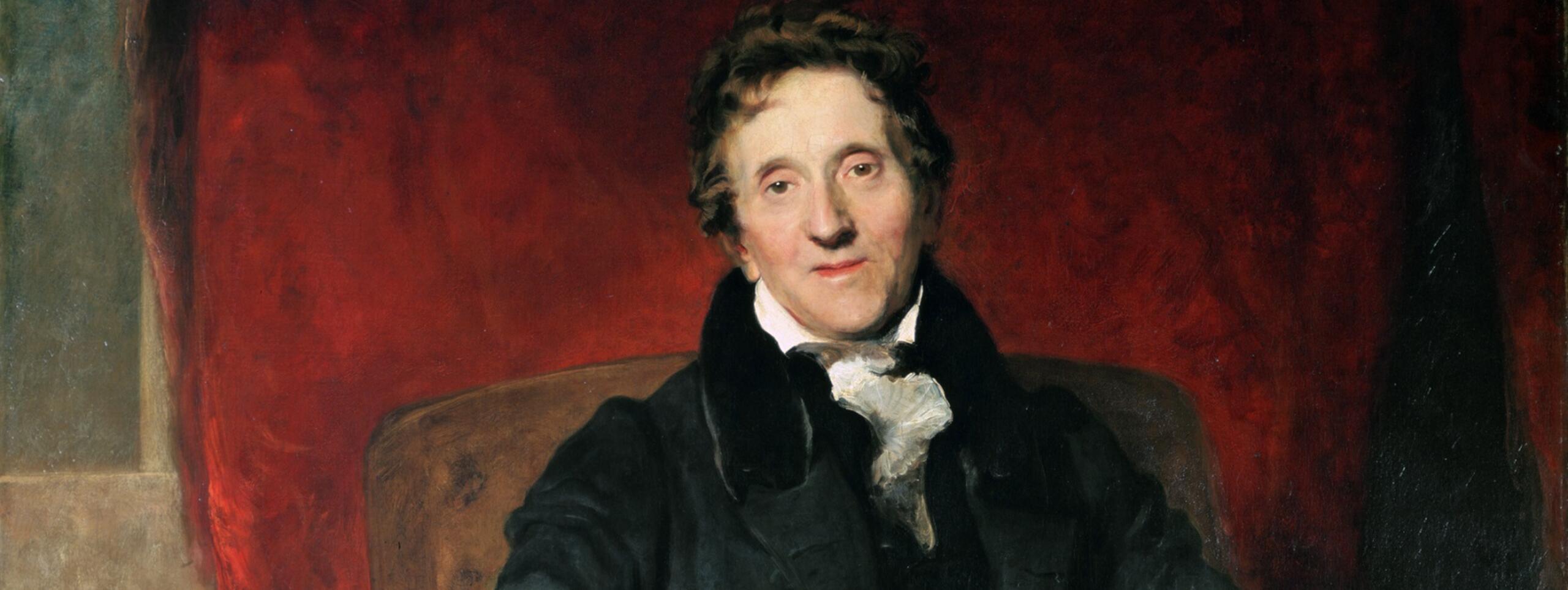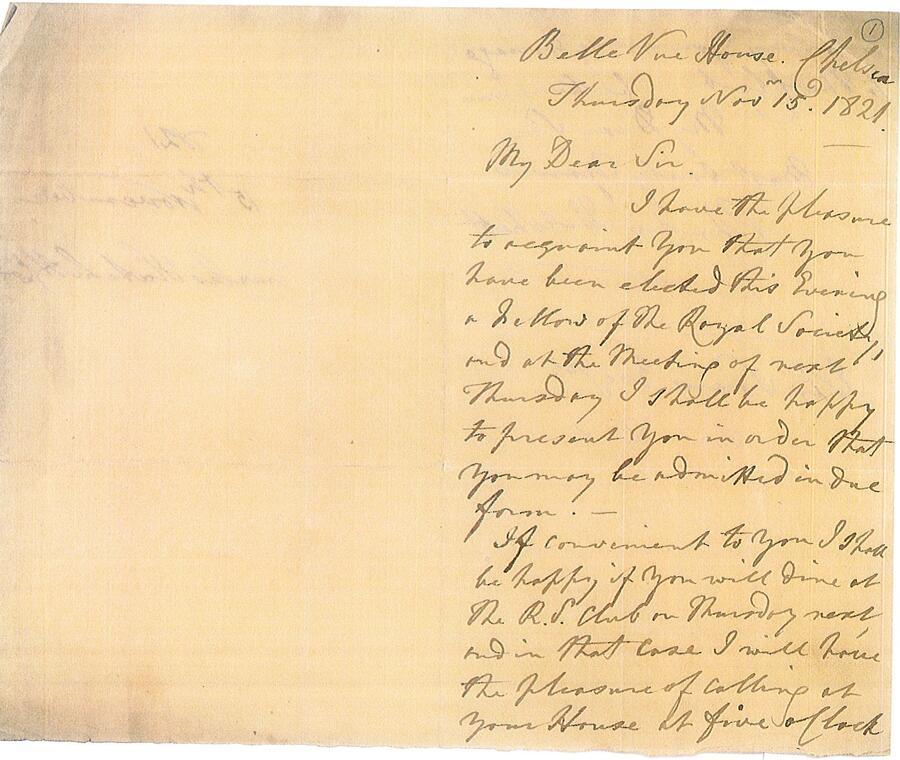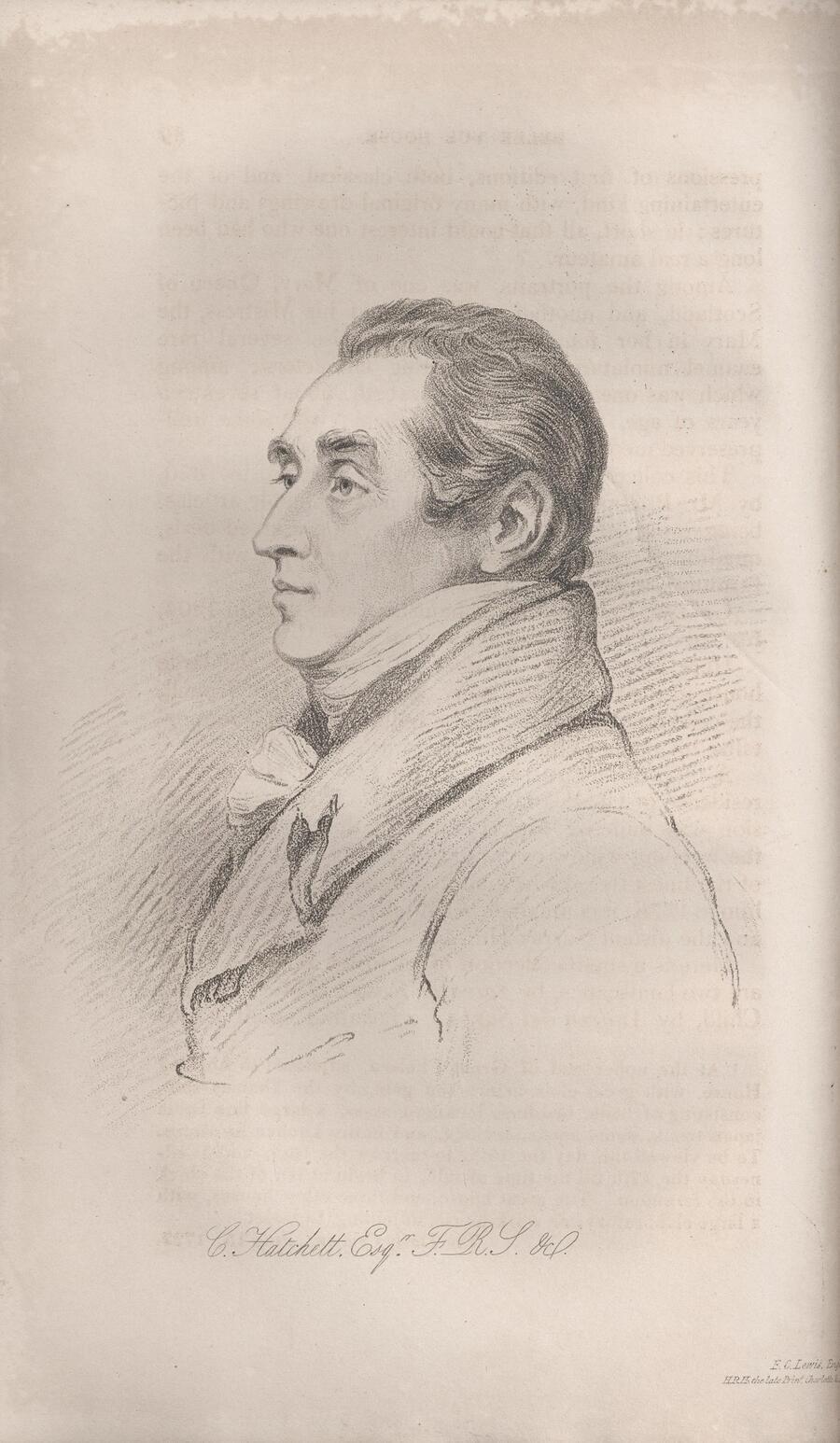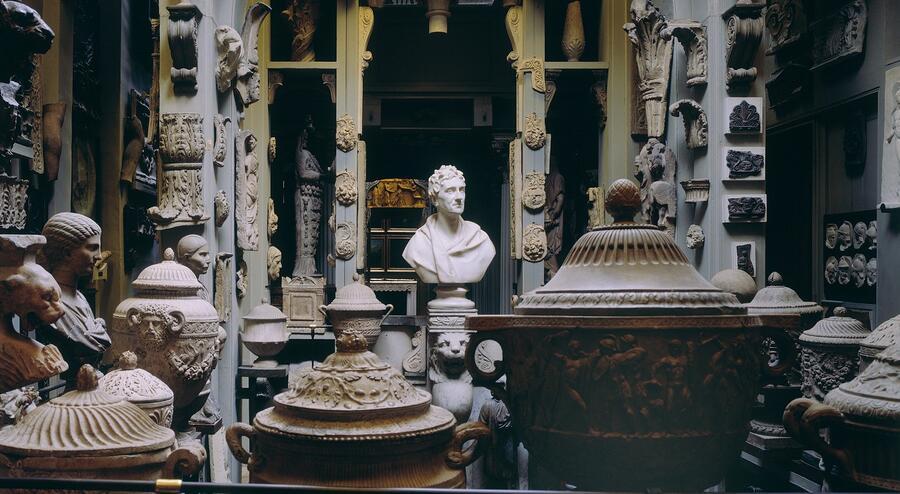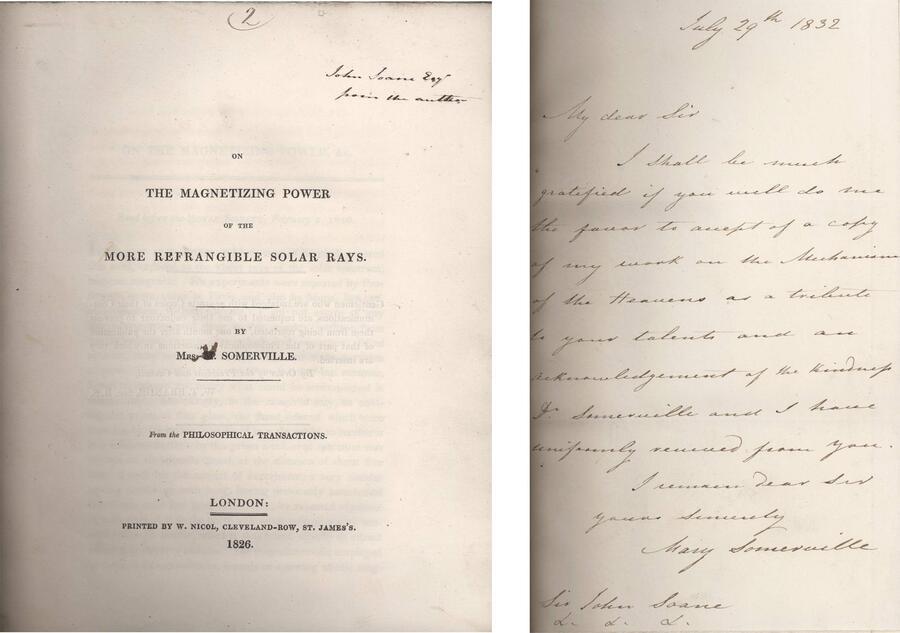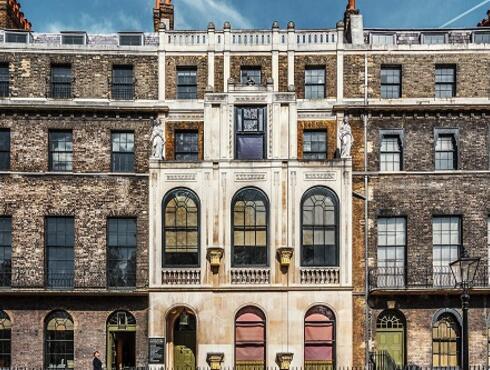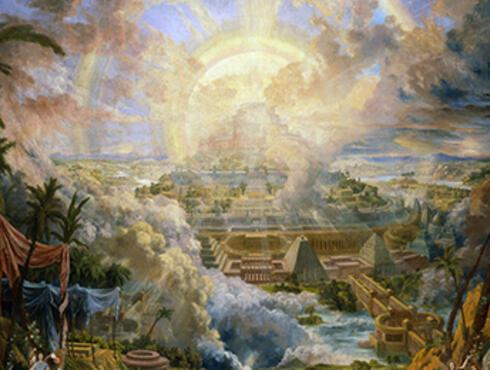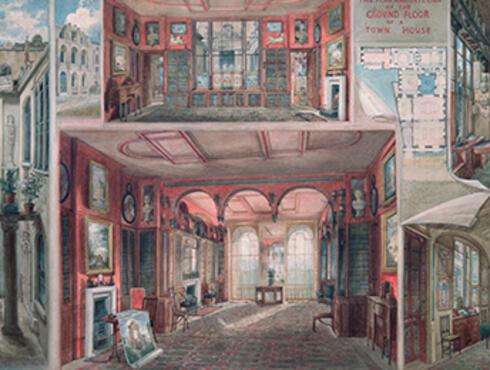Fig. 1 Letter from Charles Hatchett to Soane 15 Nov 1821 informing him of his election as a Fellow of the Royal Society.
In his blog 'Sir John Soane’s Museum and Representative Trustees of the Royal Society', also published today, Jonathan Ashmore describes how ‘during the previous decades and into the 1820s, the [Royal] Society had become more of a club for aristocratic and wealthy Fellows, whose scientific connections were relatively minimal instead of any contributions they might make to natural knowledge’, and goes on to say that the Royal Society records reveal that Soane registered his interest as ‘antiquarianism’.
Clues can be found in the list of Fellows who had sponsored Soane’s election and also in the list of invitees to his celebratory dinner and point to a circle partially centred on the Royal Hospital, Chelsea, where Soane had been Clerk of Works since 1807 and where after his wife Eliza’s premature death in November 1815 he increasingly chose to spend time in his official house.
Soane’s sponsors, whose signatures can be seen on the Certificate reproduced in Jonathan Ashmore’s blog, were Earl Spencer, Charles Hatchett, James Peter Auriol, John Rennie, Daniel Moore, William Somerville, Robert Nixon, John Thomas Mayne and Thomas Phillips.
The 2nd Earl Spencer (1758-1834) was First Lord of the Admiralty and a long-established and faithful client of Henry Holland’s, in whose office Soane had trained as an architect. Having lost the surveyorship of the East India Company to Holland in 1799 Soane published a printed Letter to the Earl Spencer concerning the competition. Soane’s connection to Auriol was probably also through the East India Company, of which he had been a proprietor, or shareholder, since 1795, as Auriol (fl. 1808) had been Secretary to the Government of Warren Hastings.
Another trio would have known Soane through the Society of Antiquaries, of which Soane had been elected a Fellow in 1796 – Daniel Moore (c.1760-1828), a barrister of Lincoln’s Inn (the deliverer of the letter announcing Soane’s election), Robert Nixon (1759-1837) and John Thomas Mayne (fl.1818).
Soane had crossed paths with John Rennie (1761-1821), the civil engineer, professionally on a number of occasions. Rennie sadly died on the 4 October 1821 before he could see his candidate successfully elected.
Thomas Phillips RA (1770-1845) the portrait painter was well known to Soane through the Royal Academy, where Soane had been Professor of Architecture since 1806. Phillips had been elected a Fellow of the Royal Society in 1818 and his sponsors had included Earl Spencer, Charles Hatchett, Humphry Davy, Daniel Moore and Everard Home (see below).
William Somerville (1771-1860) was Physician at the Royal Hospital, Chelsea from 1819 and he and his wife Mary (1780-1872), the celebrated mathematician and astronomer, soon became firm friends with Soane, dining together frequently. William Somerville had been elected a Fellow of the Royal Society in 1817, Sir Humphry Davy being one of his sponsors. It seems very likely that it was Somerville who introduced Soane to Charles Hatchett (1765-1847). Charles Hatchett (Fig 2) was a Chemist who had been a Fellow of the Royal Society since 1797.
